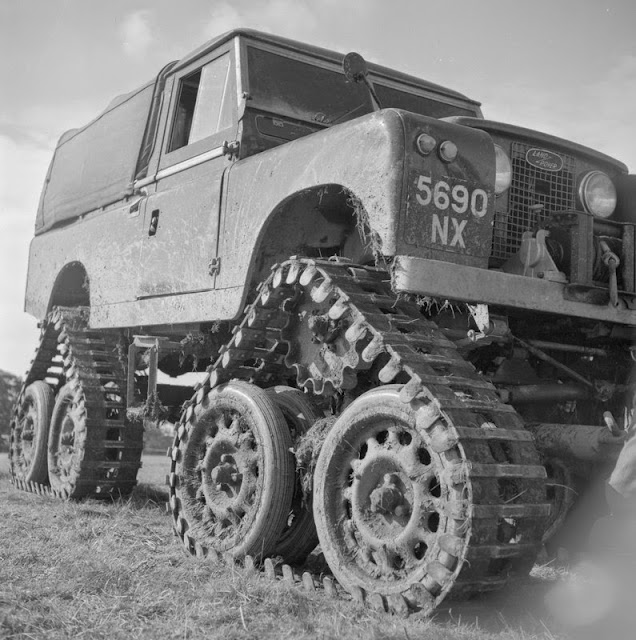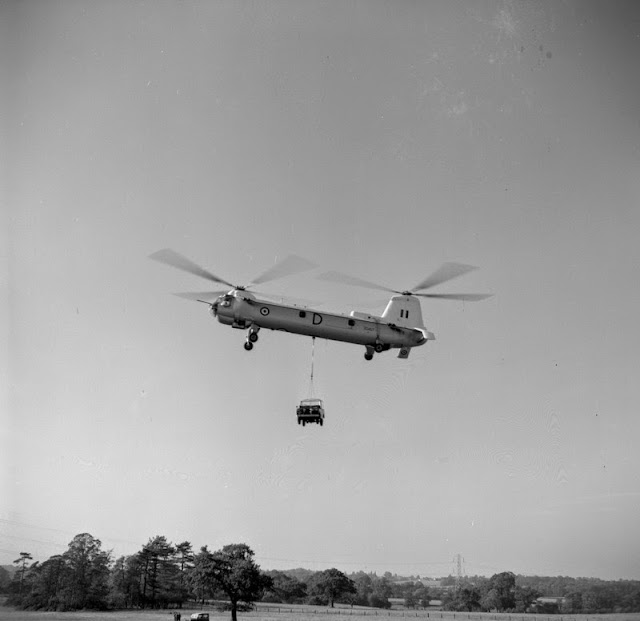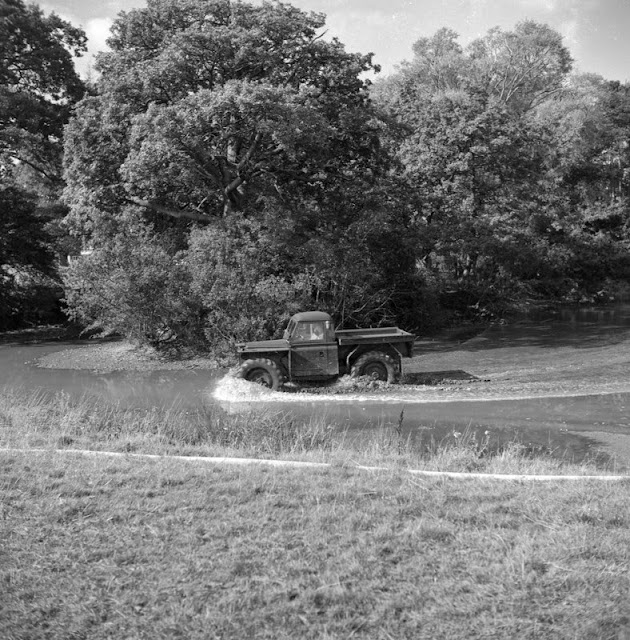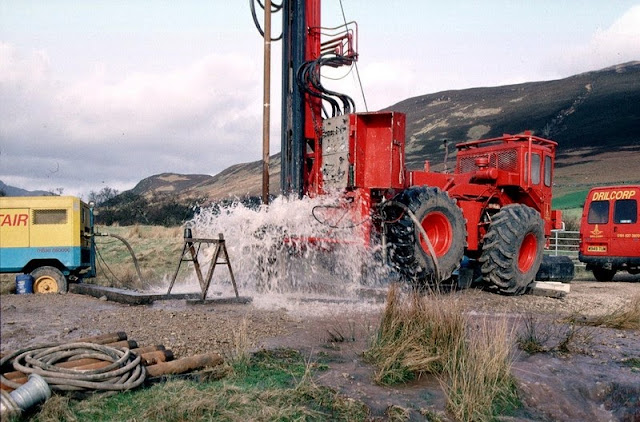 |
| BGS Image ID: P704650 |
PLUMBUM Galaena. Sulphure of Lead; Galena. Plate no. 24. From: Sowerby, James. 1802-1817. British Mineralogy: Or Coloured figures intended to elucidate the mineralogy of Great Britain. Plate from vol: 1. page no. 55. Modern name: Galena. Location: Collected found in Derbyshire.
Posted by Bob McIntosh














